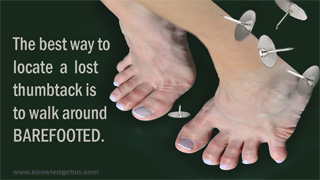We know that the first line of defence against germs is consistent hand washing. But these regular suds sessions can result in dry, taut and cracked hands.
Try to use moisturizing soft soaps with shea butter and ceramides to help shield your skin, not strip the skin. Ceramides help skin retain moisture, protect against environmental irritants and replenish the skin's protective barrier.
The water temperature is important too. Never use extreme hot or cold water. When washing dishes or using cleaning products, wear cotton lined rubber gloves. If you simply use rubber glowes without proper lining, you are likely making problems worse - they make hands sweat and can aggravate already sensitive skin.
When shopping for moisturizing hand creams, check product labels and ingredients. Look for hand creams with glycerine, cocoa butter and petroleum jelly. Apply hand creams multiple times a day, especially after washing your hands. It is good idea to keep your moisturizers by the sink, in the bathroom, in the car, at your working area and by your bed.
Keep in mind that cool air and lower humidity draw moisture out of the hands. After you've washed and moisturized your hands, don't forget to protect your hands from the cold temperatures outside. Wearing gloves helps prevent this. Opt out for natural fibres, as they want make hands sweat. When gloved hands perspire, they're more likely to become chafed and irritated.
If you have sensitive skin or allergies, avoid products that contain any artificial scents, dyes, and irritrants. Always keep an eye out for irritations and adverse reactions when using a new product. It is good idea to test a small amount of product you plan to use on the inside of your arm once per day, for four to five days before applying. If you don't react after that time frame, you're fine to use it.











